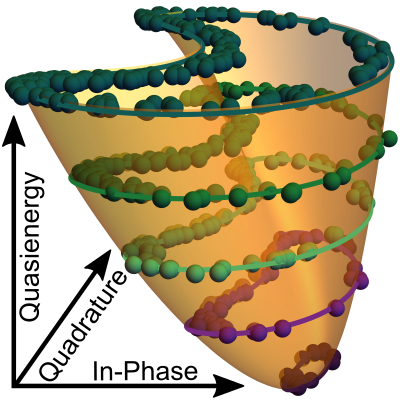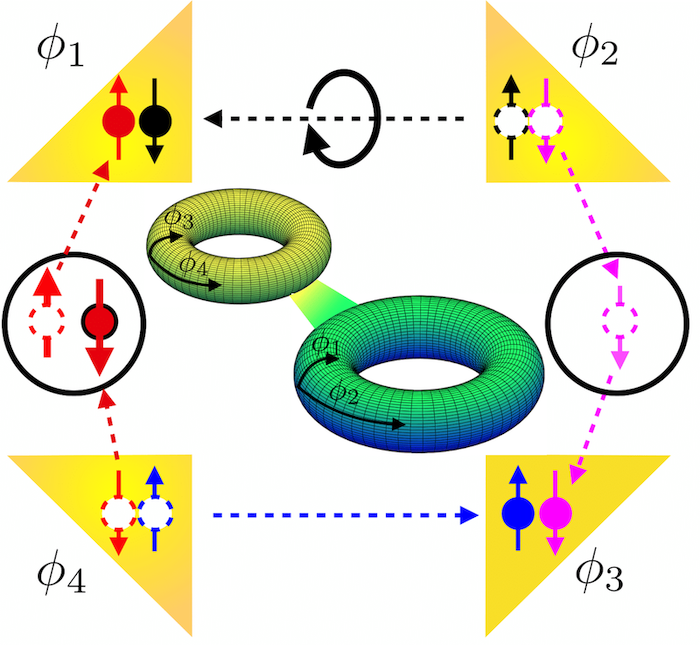
Quartet tomography in multiterminal Josephson junctions
We investigate the detection of quartets in hybrid multiterminal Josephson junctions. Using simple models of quantum dots coupled to superconducting leads, we find that quartets are ubiquitous in quantum coherent structures and show how to rigorously extract their contribution to the current-phase relation (CPR). We also demonstrate that quartets are closely related to the hybridization of Andreev bound states (ABSs) in these systems and propose a method to identify quartets directly in ABS…
Read more








